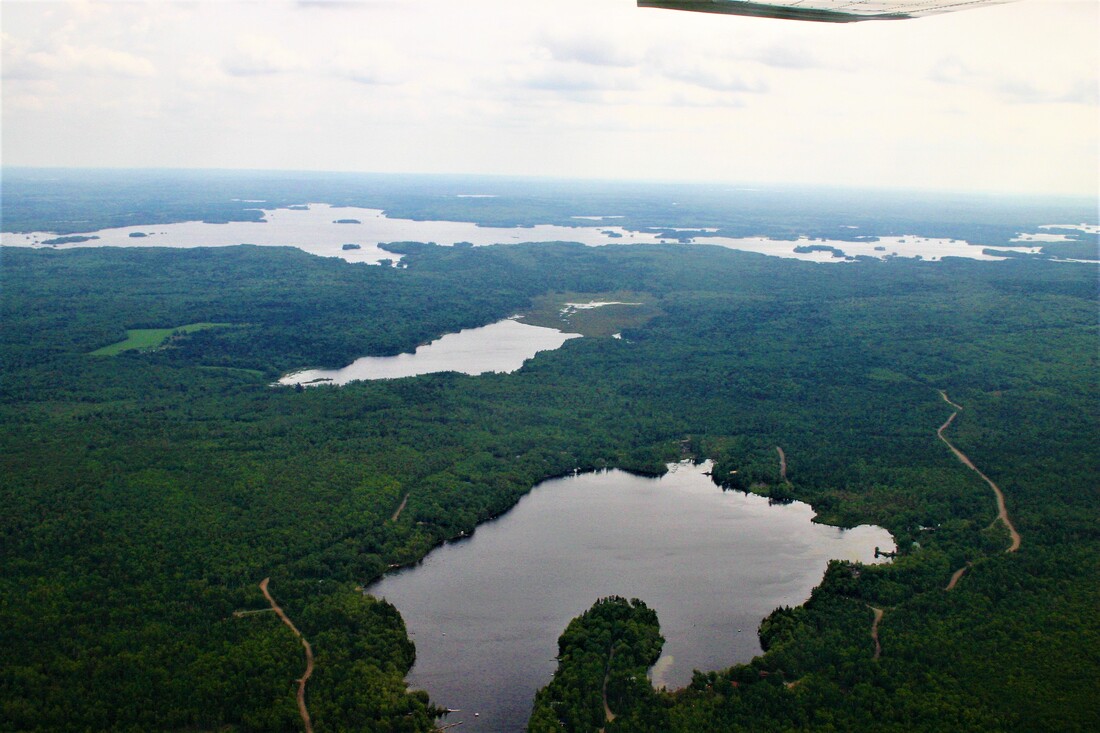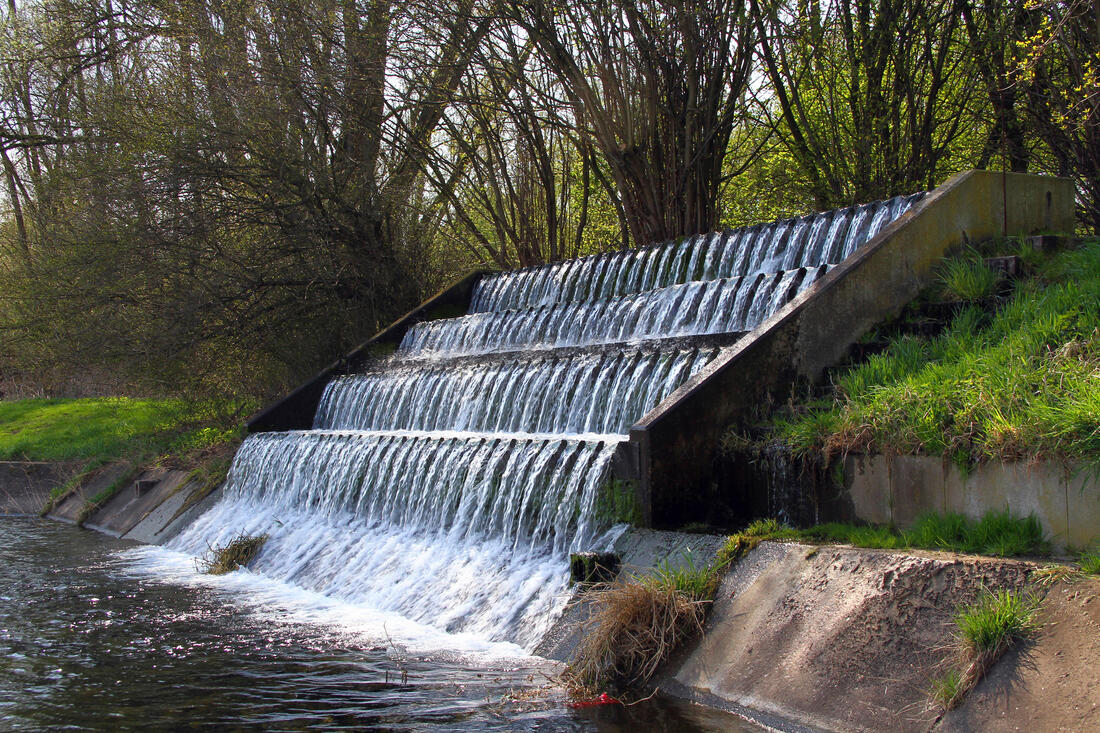|
Pan Z, Brouwer R. 2021. A theoretical modeling framework to support investment decisions in green and grey infrastructure under risk and uncertainty. Journal of Forest Economics, Vol. 36. Brief Summary Interest in understanding the economic benefits of nature-based solutions to drinking water source protection—that is, the use of natural capital and green infrastructure—is increasing rapidly globally. Although the evidence base showing that forested watersheds are a cost-effective solution to improve water treatability is slowly growing, large-scale investments in green infrastructure are still met with considerable skepticism by water treatment experts and managers. This is not unexpected in view of their responsibility for safeguarding public health and the priority given to the provision of safe drinking water at all times. Thus, precautionary approaches that favour well-established and easily controlled grey infrastructure and technology typically prevail. The paper provides a theoretical-economic framework for informing decision-making in green and grey infrastructure. Based on a dynamic economic optimization model aiming to achieve existing drinking water standards in the least costly way, we identify key factors that influence the outcome of investment decisions in the short and long term. In doing so, we account for key characteristics of grey and green infrastructure, including the age structure of forest stocks and uncertainties surrounding water service delivery. The model is extended to account for forest fires and climate change. More forest generally increases the probability of wildfire impacts on water in wildfire prone regions—this relationship is exacerbated by warming climate. This in turn increases the uncertainty surrounding water service delivery, resulting in higher risk premiums for green infrastructure. Additional cost categories are discussed in the paper, including forest protection costs, direct and indirect damage costs and reforestation costs. Contrary to wildfires, accounting for the co-benefits of carbon sequestration makes green infrastructure more attractive than grey infrastructure. More forest increases carbon sequestration, which slows down climate change in the long term and reduces the probability of wildfires, which in turn reduces damage and forest protection costs. Much of how the identified additional costs and benefits influence the final investment decision depends on the weight decision-makers attach to current and future flows of costs and benefits. Key Message
0 Comments
Leave a Reply. |
forWater NetworkThe Network provides insights into new scientific research for safe, secure drinking water---globally---which starts with resilient forests Archives
October 2023
Categories |





 RSS Feed
RSS Feed

